1. When was Notre Dame Cathedral built?
- 1865-18680%
- 1870-18730%
- 1877-18800%
- 1880-18830%
Notre Dame Cathedral of Saigon was built from 1877 to 1880. This is a unique architectural work of the French colonial period, designed by architect J. Bourard.
On the occasion of the National Marian Congress held on December 9, 1959, the church was elevated to the rank of Minor Basilica.
Along with the Apostolic Decree Venerabilium Nostrorum, Notre Dame Cathedral of Saigon also became the cathedral of the Archdiocese of Ho Chi Minh City, officially named the Basilica of the Immaculate Conception.
2. What was the former name of the Ho Chi Minh City People's Committee headquarters under the French colonial period?
- Reunification Palace0%
- Hotel de Ville0%
- Central Post Office0%
The Ho Chi Minh City People's Committee Building is a large-scale architectural work, located in a prime location, bordering three streets Dong Khoi - Le Thanh Ton - Pasteur, and is a prominent highlight of the city center.
The project was designed by architect Paul Gardès, started in 1898 and inaugurated in 1909, on the high ground at the end of Charner Street (now Nguyen Hue). When completed, this was the headquarters of the Saigon City Council, named Hôtel de Ville (City Hall), popularly known as the Governor's Palace or the Western Palace.
In 1959, the Saigon government renamed the building the City Hall headed by the Mayor. After April 30, 1975, the building was taken over by the Saigon - Gia Dinh Military Management Committee and became the headquarters of the Ho Chi Minh City People's Committee from 1976.
3. Which temple in Ho Chi Minh City did former US President Barack Obama visit?
- Jade Emperor Pagoda0%
- Vinh Nghiem Pagoda0%
- Pho Quang Pagoda0%
Former US President Barack Obama visited the Jade Emperor Pagoda (also known as Phuoc Hai Pagoda) in Ho Chi Minh City on May 24, 2016.
Ngoc Hoang Pagoda is located at 73 Mai Thi Luu, Da Kao Ward, District 1, Ho Chi Minh City (old). This pagoda was built around the late 19th century - early 20th century, with Chinese architectural style and is an outstanding cultural - religious relic.
4. Where does the name "Ben Thanh market" come from?
- From the name of the first person to establish the market0%
- From the river wharf in front of the Bat Quai citadel0%
- Named by the French when building the market0%
The name "Ben Thanh market" is related to the Bat Quai citadel built by Nguyen Vuong Nguyen Phuc Anh (later King Gia Long) in 1790 to defend against the Tay Son army.
The citadel was designed in an octagonal shape (hence the name Bat Quai citadel) by French engineer Victor Olivier de Puymanel and architect Théodore Lebrun, mobilizing about 30,000 workers.
Three sides of the citadel bordered by rivers, of which the Ben Nghe River had a river wharf located right in front of the citadel, used for boats, visitors and soldiers to enter and exit. This wharf was called “Ben Thanh” - meaning the wharf before entering the citadel. Near that wharf there was a market, so it was called “Ben Thanh market” and this name has been used until now.
5. Who named the market “Ben Thanh”?
- King Gia Long0%
- French0%
- People call it after the location of the river wharf in front of Bat Quai citadel.0%
- Government0%
The name "Ben Thanh market" was not given by a specific individual but was formed among the people based on its geographical location and connection with Bat Quai citadel (ancient Gia Dinh citadel).
6. Who designed Ho Chi Minh City Opera House?
- Architect Félix Olivier0%
- Architect Eugène Ferret0%
- French architects Félix Olivier, Eugène Ferret and Ernest Guichard0%
- Architect Ernest Guichard0%
Ho Chi Minh City Theater (formerly Saigon Opera House - L'Opera de Saigon) was designed by the group of architects Félix Olivier, Ernest Guichard and Eugène Ferret, started construction in 1898 and inaugurated in 1900 in the Flamboyant Gothic style of the French Third Republic.
Initially, this was a performance venue for French art troupes serving the French in Saigon.
By 1918, the government allowed the expansion to serve the Vietnamese. After many historical changes, in 1975, the building was restored and used under its current name - Ho Chi Minh City Theater.
7. Saigon Steel Wire Department is the name of which of the following projects?
- Ho Chi Minh City Theater0%
- Headquarters of Ho Chi Minh City People's Committee0%
- City Post Office Building0%
Saigon Central Post Office, also known as the City Central Post Office, is located on Cong Xa Paris Street, District 1 (old). This is one of the most beautiful classical architectural works of the city.
Since its inception, this place has become an architectural icon and a famous tourist attraction in Saigon.
After occupying Gia Dinh in 1860, the French government started construction of the Saigon Wire Office (Saigon Post Office) to establish a communication system.
Architect Gustave Eiffel, who designed the Eiffel Tower in Paris, is the author of this work.
In 1863, the building was inaugurated and put into use. By 1864, the first letters with “stork” stamps – the way the people of old Saigon called postage stamps – were officially sent both domestically and internationally.
Due to the increasing demand, in 1886, Saigon Post Office was rebuilt according to the design of architect Auguste Vildieu and his assistant Foulhoux, on a larger scale. In 1891, the new headquarters - the current Post Office building - was officially inaugurated.
After 165 years of history, the Post Office still retains its ancient appearance and architectural value. In 2014, the project underwent the largest-scale restoration since 1975, including repainting the entire building and repairing degraded items, contributing to the preservation of a unique cultural and architectural symbol of Ho Chi Minh City.
Source: https://vietnamnet.vn/ai-da-dat-ten-cho-ben-thanh-2459676.html



![[Photo] Closing of the 14th Conference of the 13th Party Central Committee](https://vphoto.vietnam.vn/thumb/1200x675/vietnam/resource/IMAGE/2025/11/06/1762404919012_a1-bnd-5975-5183-jpg.webp)



![[Photo] Prime Minister Pham Minh Chinh receives the delegation of the Semiconductor Manufacturing International (SEMI)](https://vphoto.vietnam.vn/thumb/1200x675/vietnam/resource/IMAGE/2025/11/06/1762434628831_dsc-0219-jpg.webp)
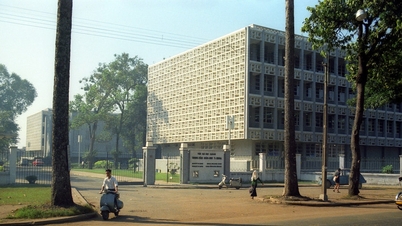



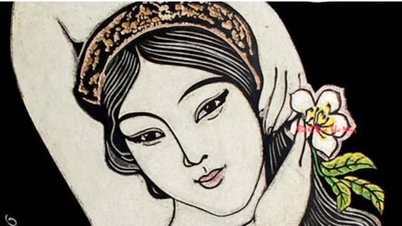
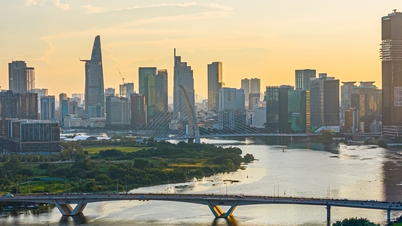









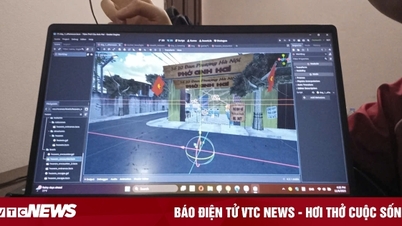






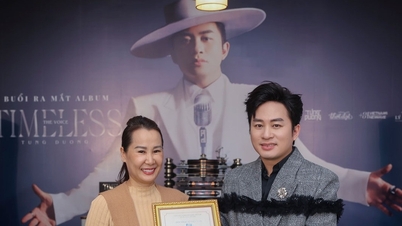
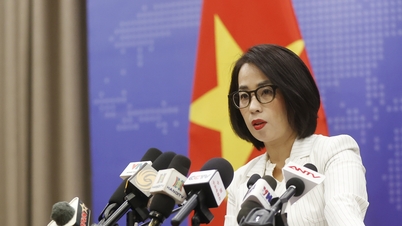





































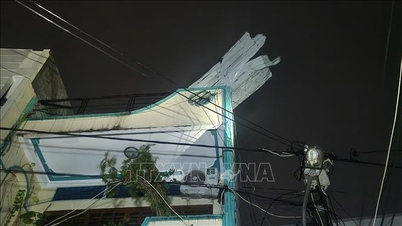

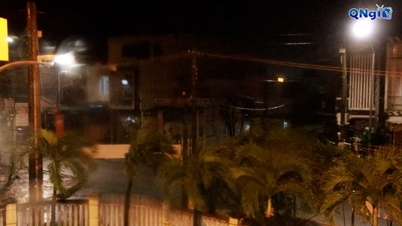

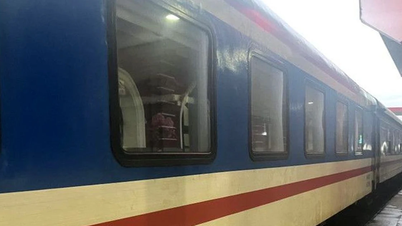



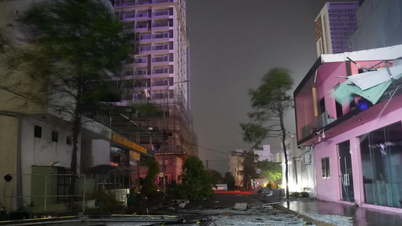



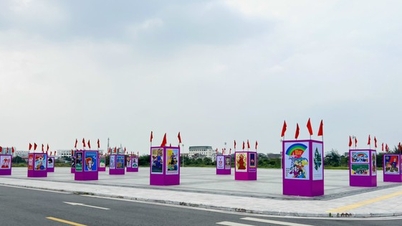






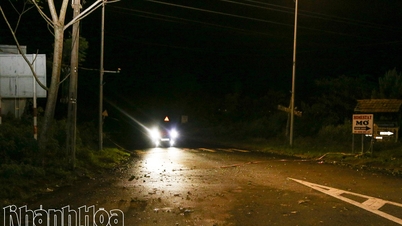

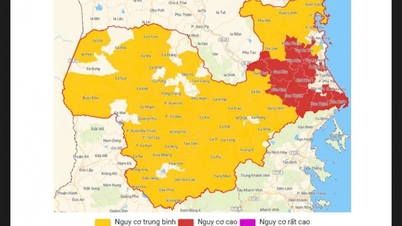

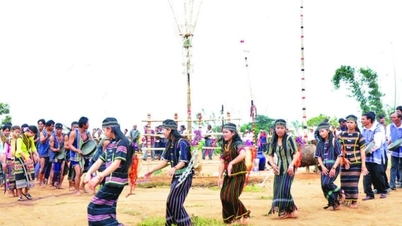



















Comment (0)